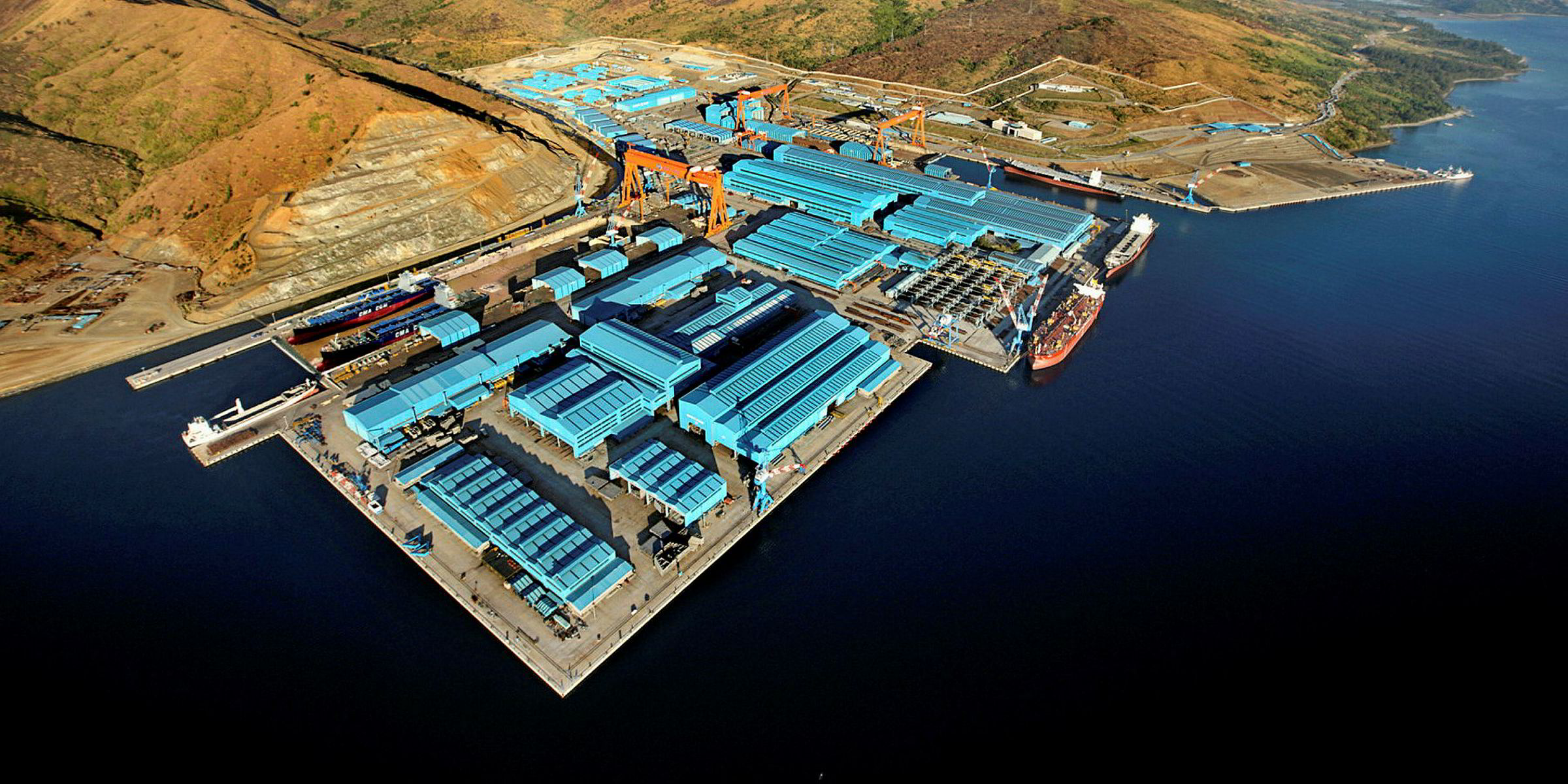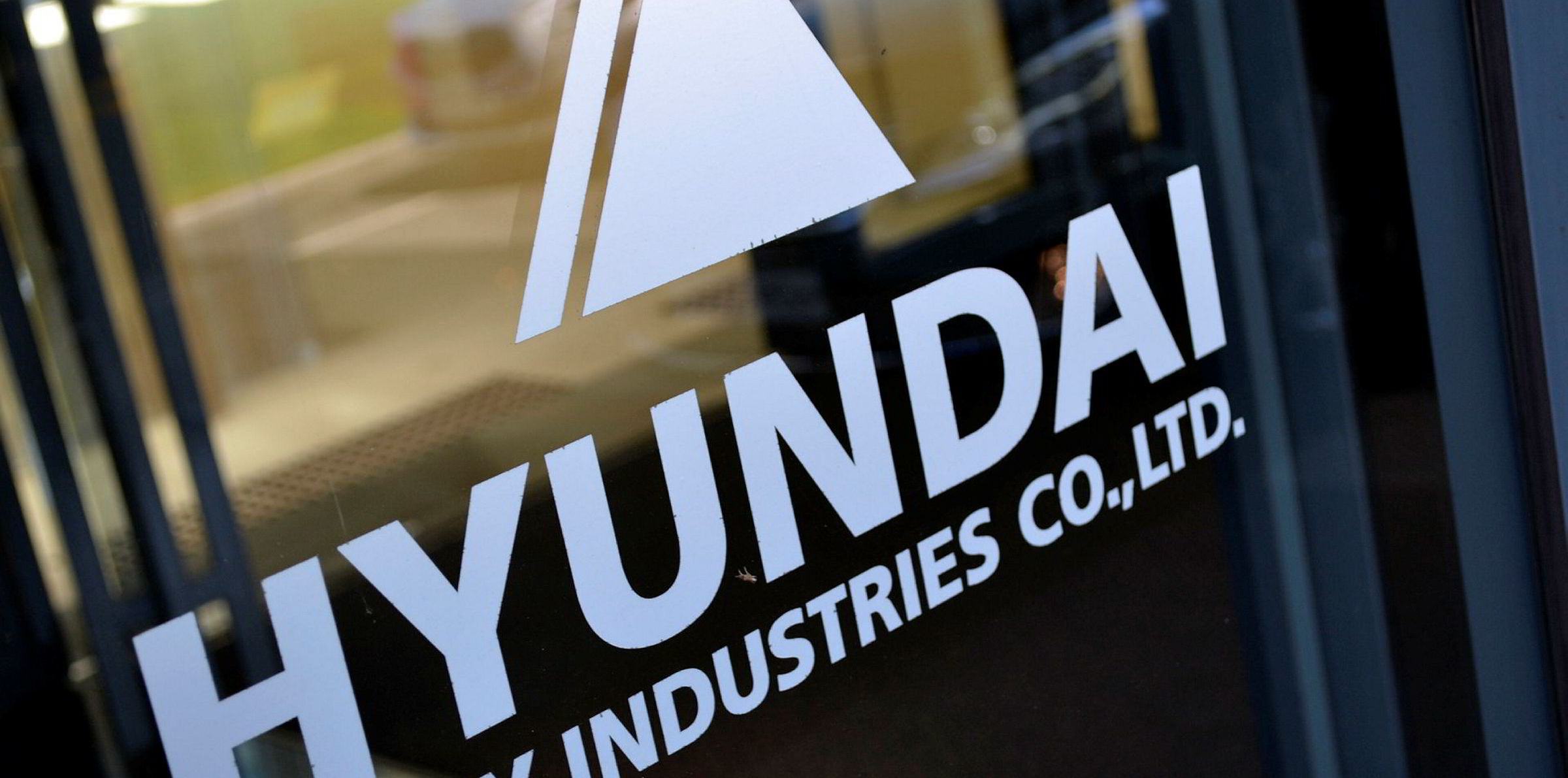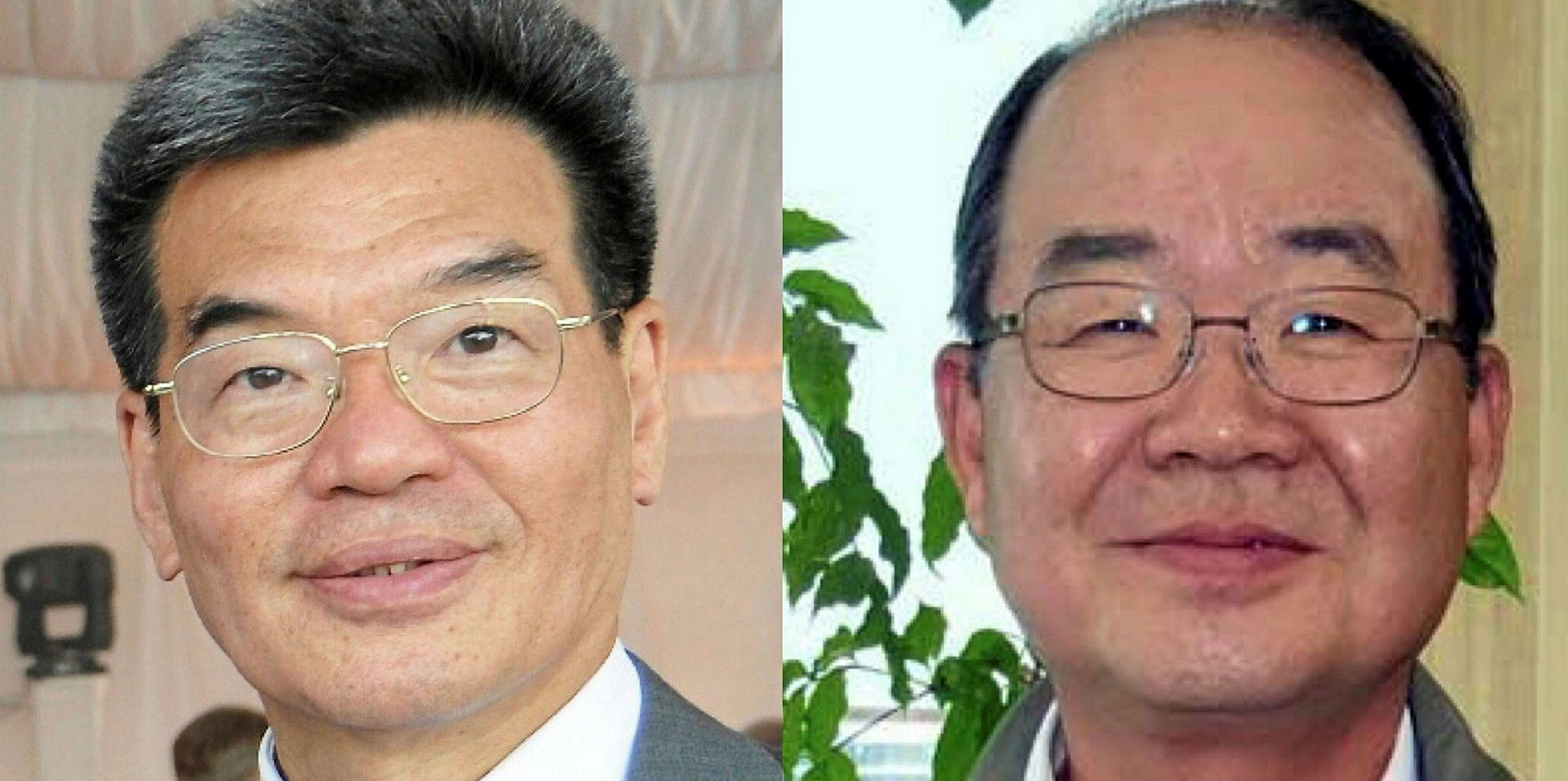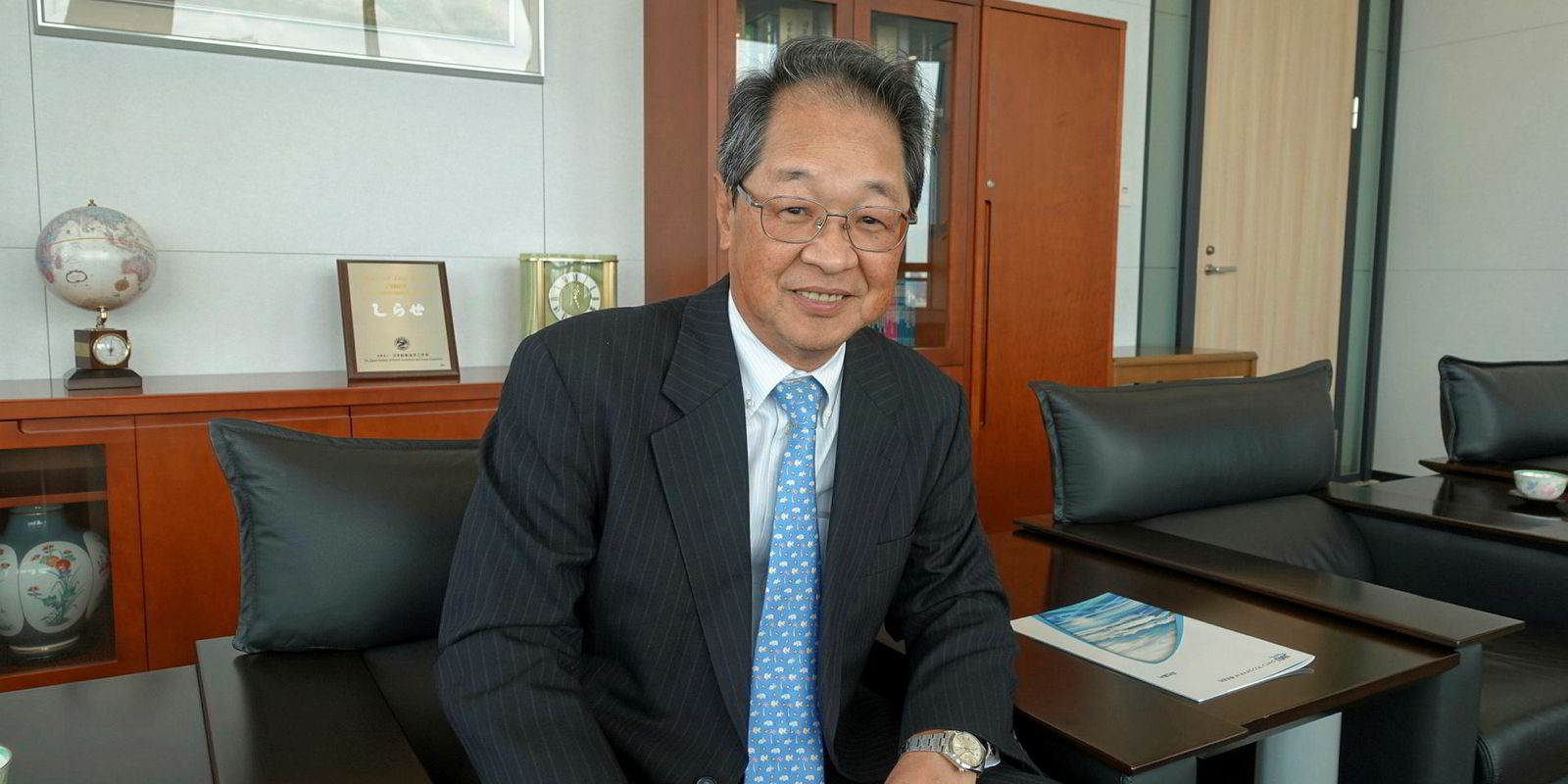“Consolidation” is once again emerging as a buzzword in the shipbuilding industry this year as the sector continues to struggle to stay afloat amid little demand for newbuildings.
South Korean shipbuilding giants Hyundai Heavy Industries and DSME have fired the opening salvo, with DSME’s largest shareholder — Korea Development Bank (KDB) — signing a conditional deal to sell its controlling stake to HHI.
State-run KDB has a 55.7% holding in DSME and the transaction is worth KRW 2trn ($1.78bn). KDB has also pledged to consider new lending of KRW 1trn to DSME if HHI’s merger deal is sealed.
HHI’s plan in taking over DSME is the latest step in a wave of consolidation in the Asian shipbuilding industry, where there have been several large-scale mergers throughout this decade.
Wave of consolidation
Japan already saw a round of shipyard mergers and acquisitions six years ago when Japan Marine United (JMU) was created through the combination of Hitachi Zosen, NKK Corp and IHI Marine United.
In China, Cosco Shipping Heavy Industry was created in 2016 when as many as 13 shipyards previously controlled by China Shipping Group (CSG) and Cosco Shipping merged. Cosco Shipping Heavy is now the country’s third-largest shipbuilding group after China State Shipbuilding Corp (CSSC) and China Shipbuilding Industry Co (CSIC).
However, HHI’s keen interest in taking over DSME is giving chills to the shipbuilding market as it will increase its bargaining power significantly.
The merged entity will own 20% of global shipbuilding capacity, and its dominance will be particularly pronounced in the LNG sector — nearly 60% of the total orderbook of LNG carriers is currently owned by the two yards.
Shipbuilding observers believe that if HHI and DSME close their merger, it would hasten China to consolidate its controlled CSSC and CSIC. The two state-owned shipbuilding groups have been in talks to merge for years.
The industry is also watching Japan — the world's third-largest shipbuilding nation — for signs that it will follow suit and combine some of its “stand-alone” yards into one. Mitsui Engineering & Shipbuilding (MES), Kawasaki Heavy Industries and Sumitomo Heavy Industries could be targets of such a move.
Shipbuilding observers believe that if HHI and DSME close their merger, it would hasten China to consolidate its controlled CSSC and CSIC
The idea of a merger is also thrown upon Singapore’s Keppel Offshore & Marine and Sembcorp Marine. Both are leading players in the offshore sector and are bitter rivals, yet at the same time they need to compete with South Korean yards such as DSME and Samsung Heavy Industries.
Global downturn
Consolidation of shipyards would certainly work well in the current shipbuilding industry as the sector has been badly hit by the global shipbuilding downturn since the financial crisis of 2008. Shipyard mergers could reduce cut-throat competition and stabilise shipbuilding prices.
Former JMU president Shinjiro Mishima, who was also involved in the creation of Universal Shipbuilding through the merger of NKK and Hitachi Zosen in 2002, previously told TradeWinds that consolidation of shipyards not only enables one to optimise the use of facilities but also to create a large engineering division and thereby develop the best-quality ships.
Lowering operating costs is another benefit of merging yards as a larger company has greater purchasing power, can reduce repetitive spending and boost investment for designing fuel-efficient and higher quality ships.
In comments made to TradeWinds in 2016, Mishima urged Japanese shipbuilders to merge as soon as possible or run the risk of folding in the face of low-cost competition from South Korea and China.
Barring a fully fledged merger, coordination among yards has also been in fashion these days.
Singapore-listed but China-based Yangzijiang Shipbuilding has been strengthening its position by joining forces with Japan’s MES and trading house Mitsui & Co. Such partnership is drawing on MES’ technological strength, Mitsui’s sales capabilities and Yangzijiang’s cost-effective shipbuilding capabilities.
Restructure to survive
According to Clarksons, limited ordering activities in recent years saw global shipyard output for last year decline to 1,296 vessels, totalling 80.2 million dwt — the lowest level since 2006.
Shipbuilding output from South Korean yards declined sharply year-on-year, by 37% in capacity terms, to 184 ships totalling 19.7 million dwt. Japan’s output remained flat at 20.1 million dwt, while Chinese yards delivered 34.9 million dwt — 10% less than in 2017.
Restructuring of the shipbuilding sector has been on the move for some time. The collapse of the shipbuilding market saw banks withdrawing their credit facilities to shipyards, forcing many to quit. According to shipbroker BRS, the number of active yards fell from 651 in 2008 to 357 in 2018.

Hanjin Heavy Industries & Construction Philippines (HHIC-Phil) is the latest to join the shipbuilding casualty list. The financially strapped shipbuilder filed for court rehabilitation in January and was reported to have halted production.
HHIC-Phil was set up by South Korea’s Hanjin Heavy Industries & Construction in Subic Bay during the shipbuilding boom in 2006. Employing more than 34,000 workers at its peak, the yard once put the Philippines on the map as the world’s fourth-largest shipbuilder based on gross tonnage. Its future may now depend on shipbuilding’s next M&A deal.







